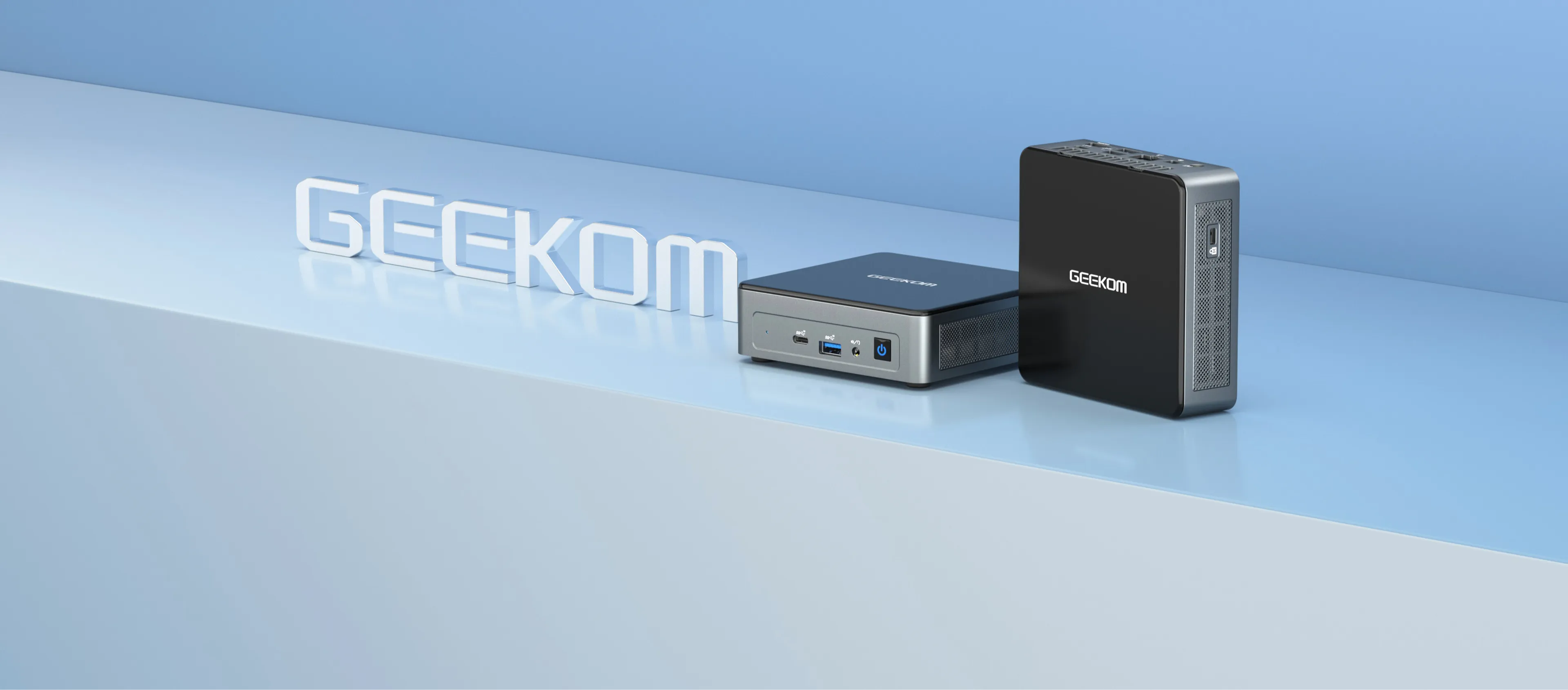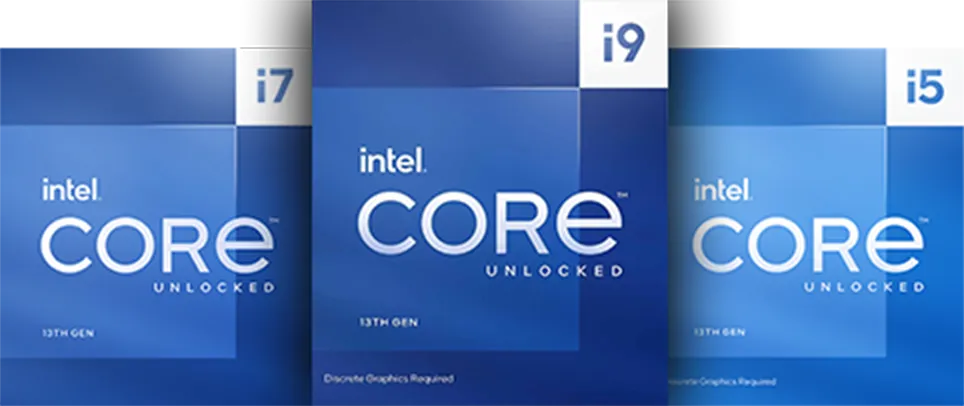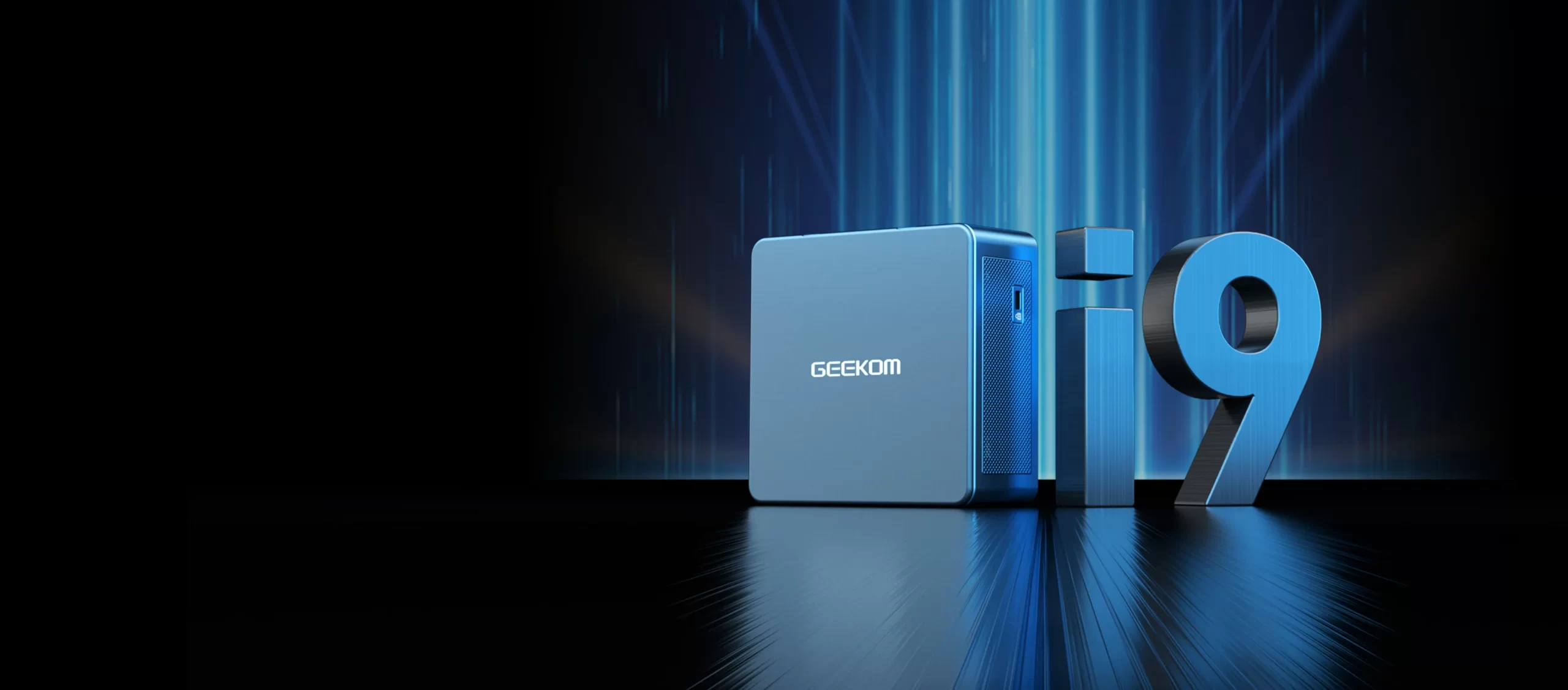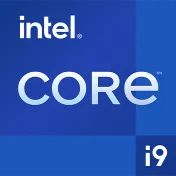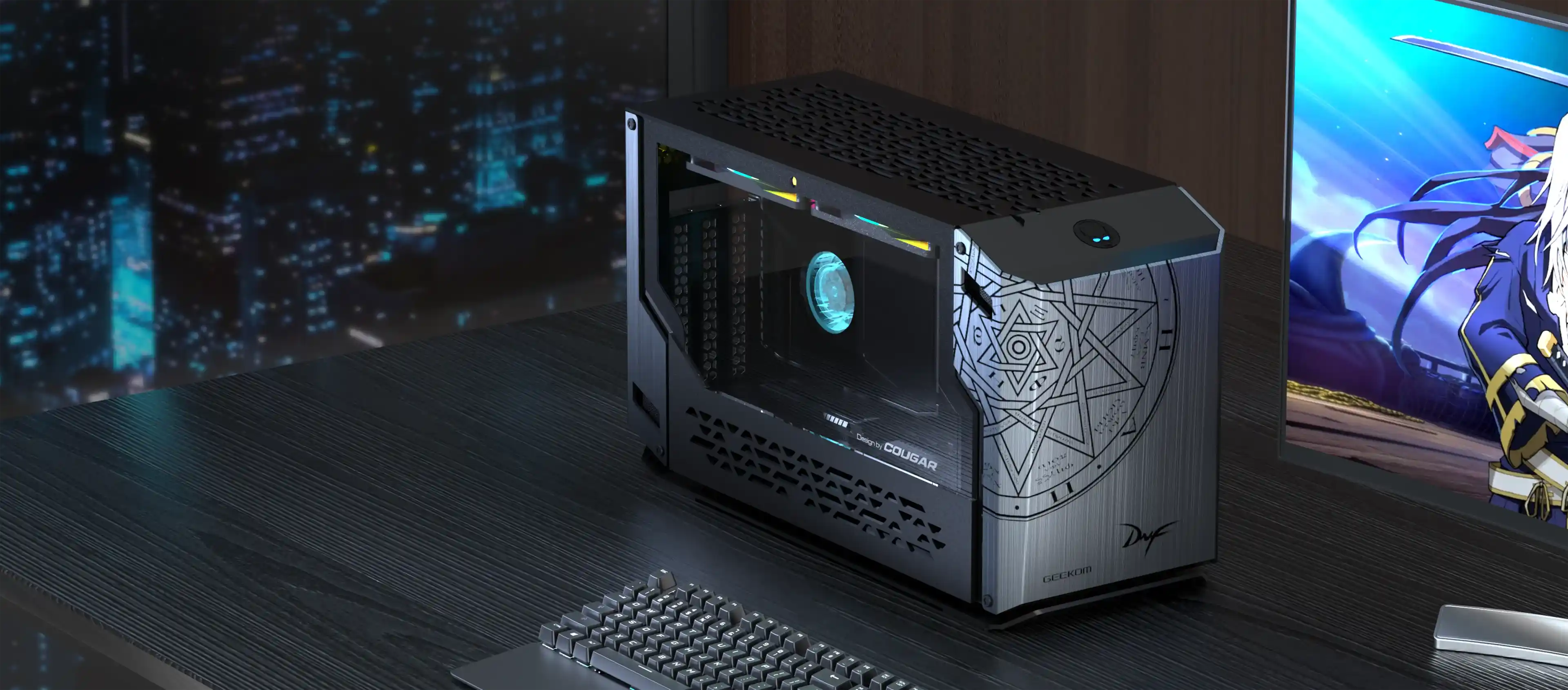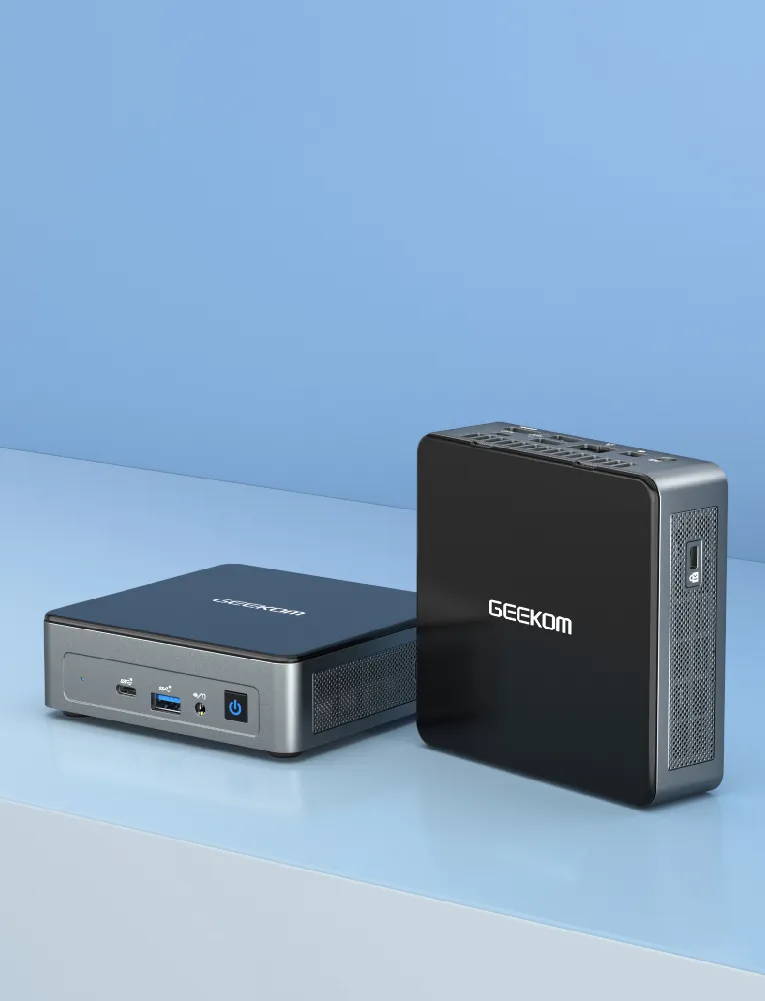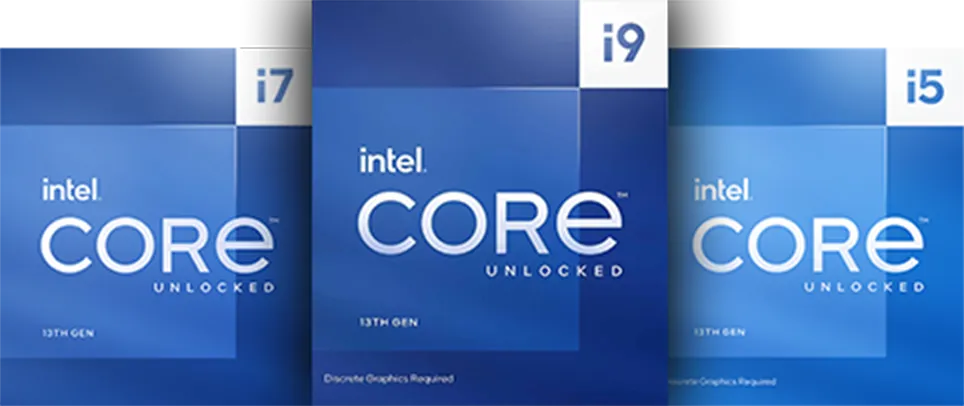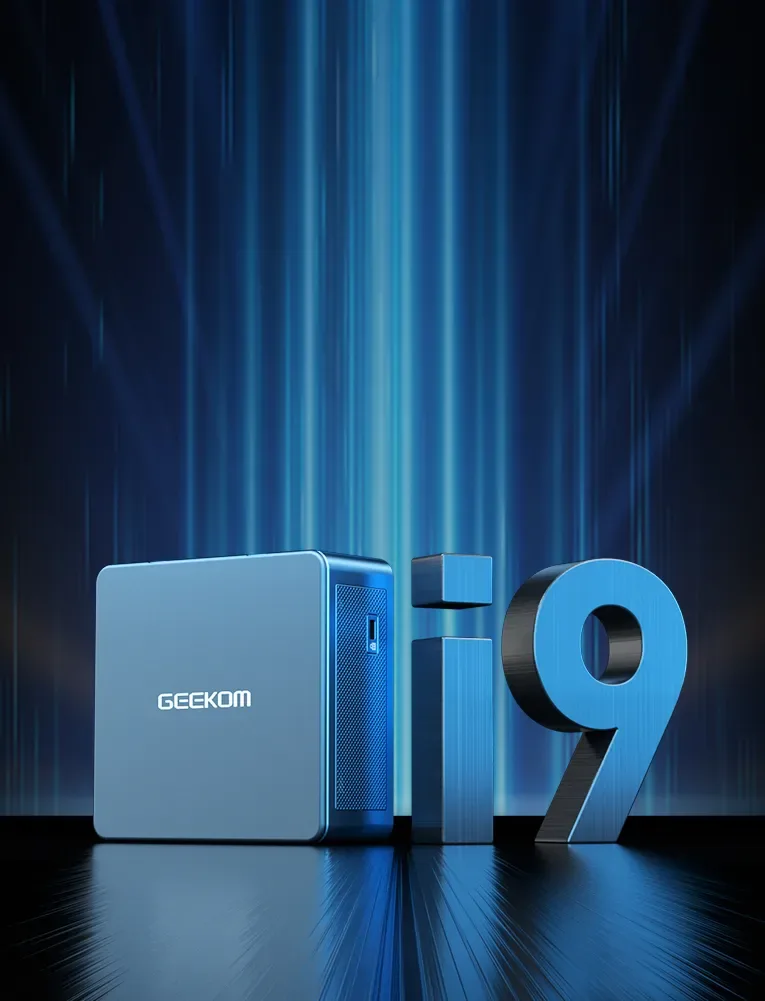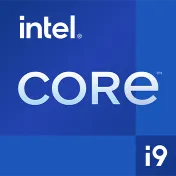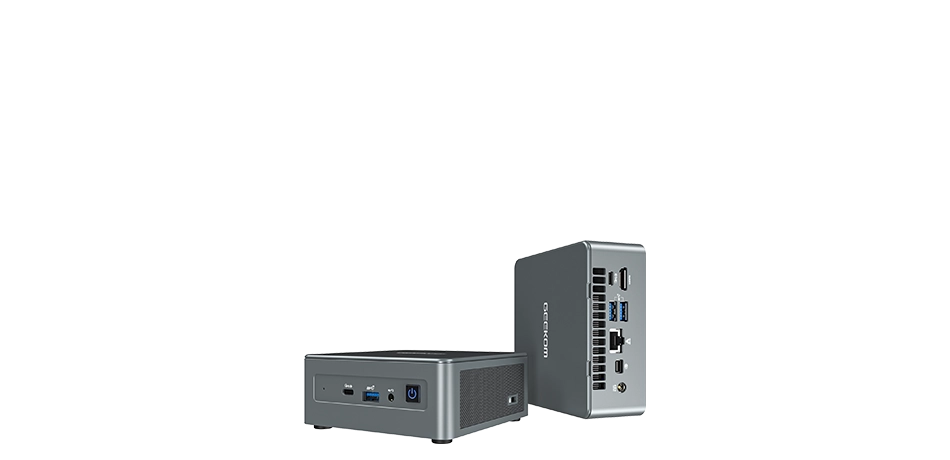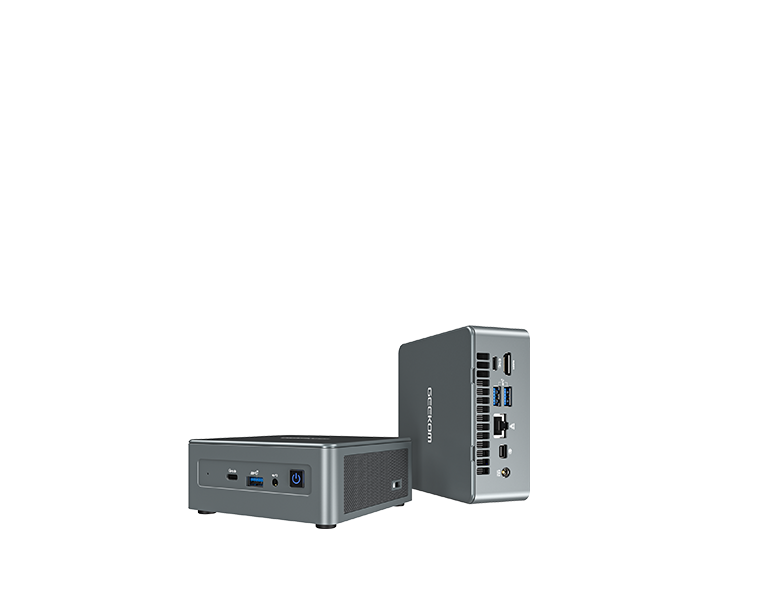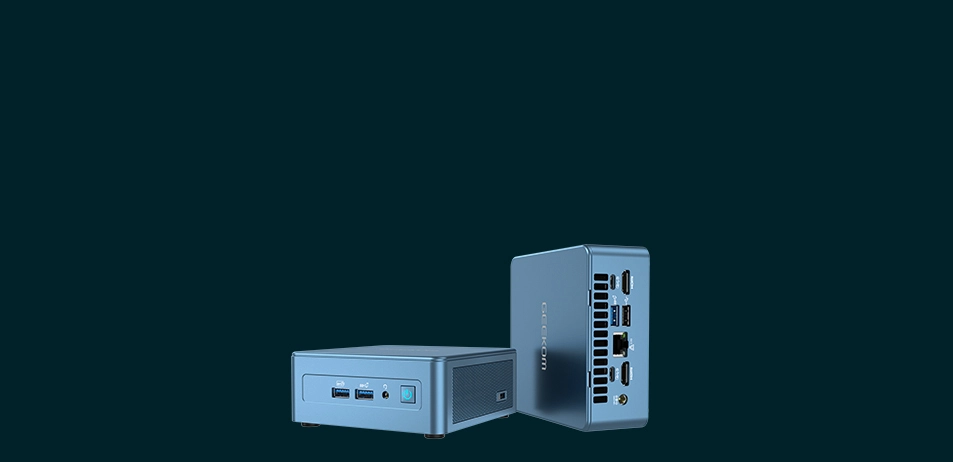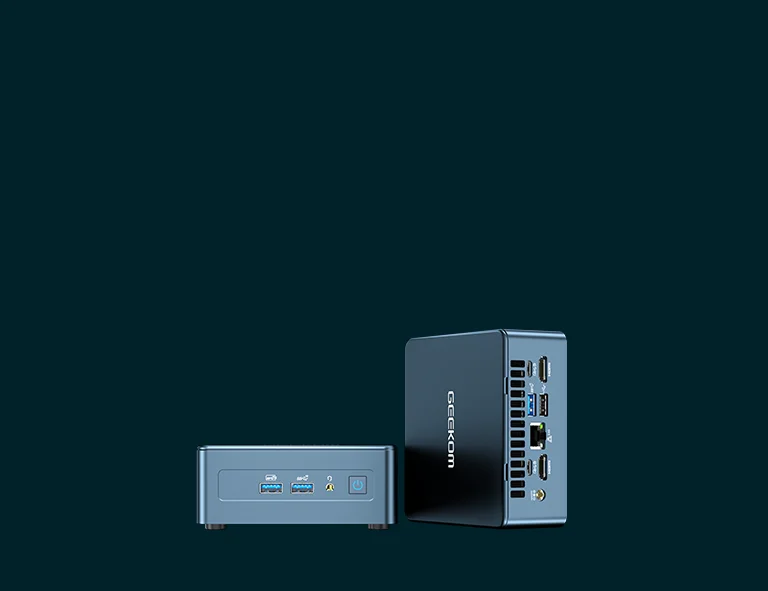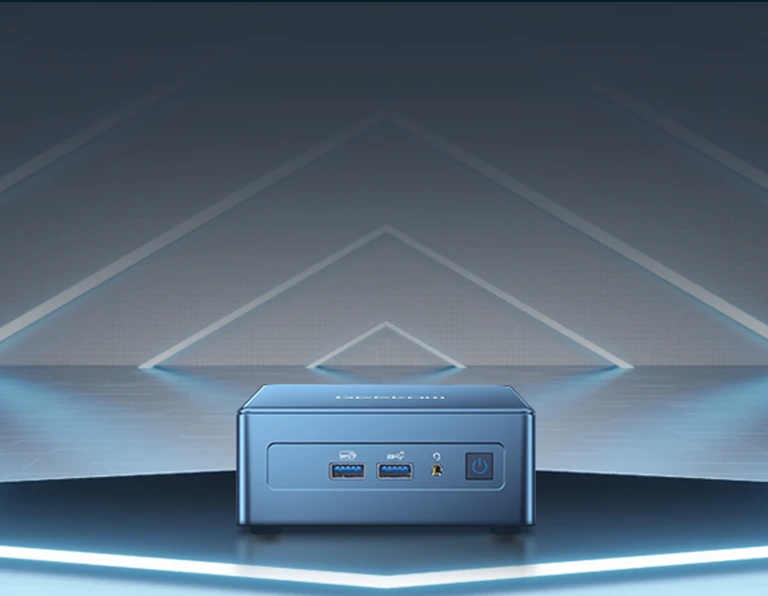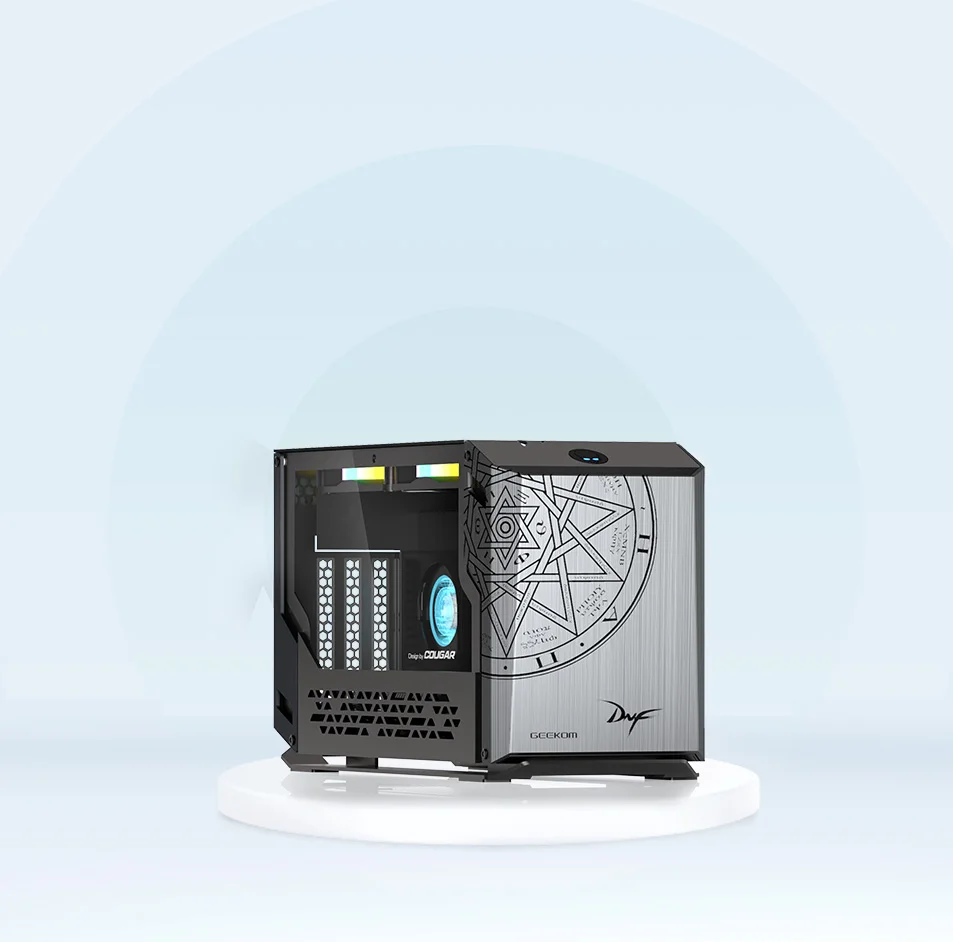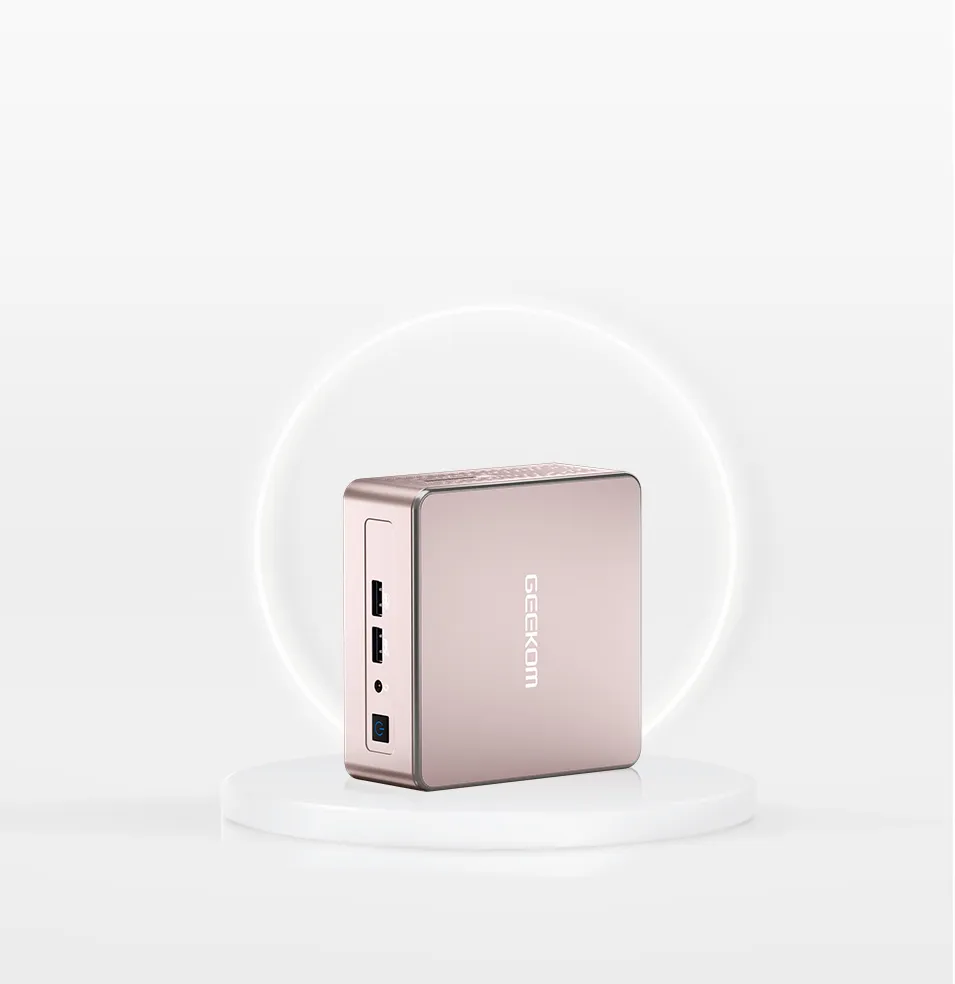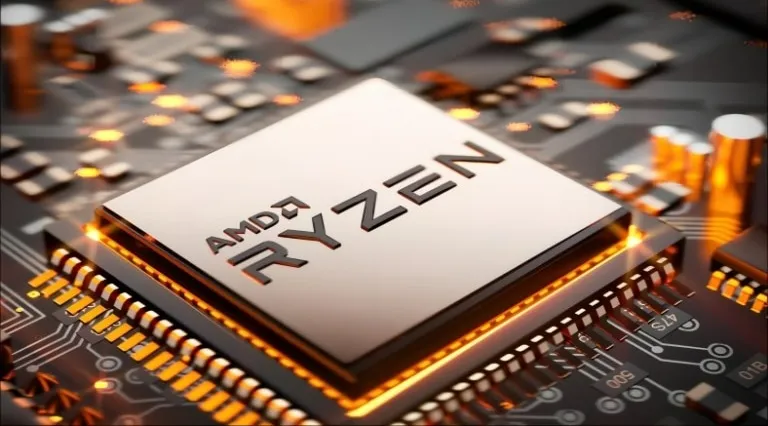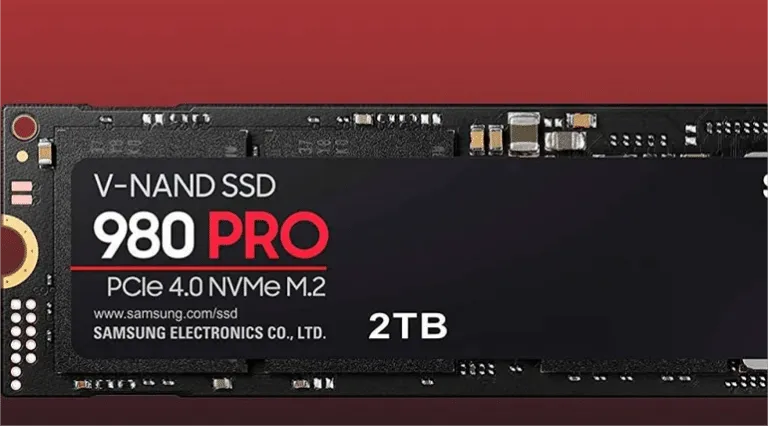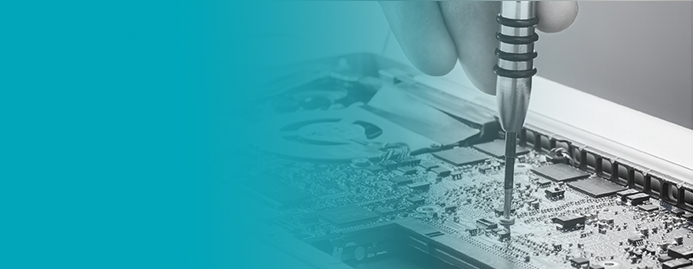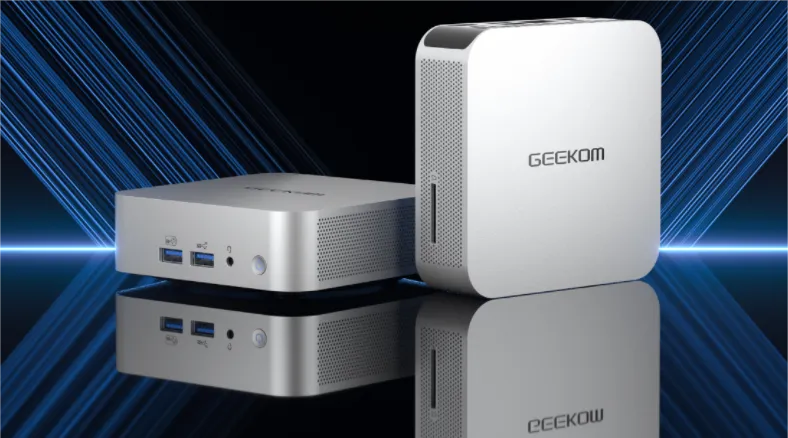
GEEKOM New Launch: A7 Mini PC – An Innovation to Enhance the Computing Experience in the Office
The mini PC market has seen explosive growth in recent years, with small computers capable of meeting a wide range of needs, from simple web browsing to powering smart displays and servers. GEEKOM presents the new chapter of the A series of mini PCs: A7. Equipped with the AMD Ryzen 7 7840HS or Ryzen 7 7940HS processor, dual-channel DDR5 supporting up to 64GB, and a 2TB PCIe Gen4*4 solid state drive, all packed into a case that's barely bigger than a book . Despite its size, the A7 mini PC offers performance comparable to that of full-sized devices, thanks to numerous ports including HDMI, four USB 3.2, Ethernet and an SD card slot. With fast internals and broad expandability, the A7 mini PC is positioned as the next-generation device for intensive workloads, home entertainment, AAA gaming and more. Overall Performance of the A7 With an AMD Ryzen 7000 series processor with up to 8 cores and powerful AMD Radeon 780M graphics, this mini PC delivers desktop-like performance for intensive tasks like 4K video editing, 3D modeling and AAA gaming. The Ryzen 7 7840HS CPU reaches up to 5.1 GHz, while the Ryzen 9 7940HS can reach 5.2 GHz. Both chips boast 16 MB of L3 cache and a TDP of 45 W to ensure a balance between high performance and efficiency energy. Competitive Advantages of the A7 Mini PC Large and Fast Memory The system supports up to 64 GB of very high-speed DDR5 RAM distributed across two SO-DIMM slots, each capable of accommodating a 32 GB DIMM. With a clock speed of up to 56,000 MHz and dual-channel operation, this mini PC can quickly access massive amounts of data, delivering smooth performance for multitasking workloads and seamless content creation. Plus, upgrading is easy thanks to user-accessible slots. Dual Quick Storage Options Further increase speed or space with two separate M.2 slots that support PCIe Gen4 and SATA III protocols. The high-level PCIe 4.0 x4 slot allows for the installation of impressive NVMe SSDs up to 2TB. The SATA-based secondary slot adds an additional option for a 1TB 2.5″ SSD. With the flexibility to customize both slots, you can get up to 4TB of total storage at your fingertips. Compact and Portable Design The system is extremely portable and takes up very little space, with dimensions of only 112.4 mm * 112.4 mm * 37 mm, equivalent to approximately 1/40 of a traditional office desktop tower. It can be easily mounted on the back of a monitor thanks to the VESA mounting design. Quiet Cooling Despite its small size, the intelligent thermal design with advanced GEEKCOOL 4.0 PRO cooling technology maintains constant performance even at full load. Together, the system
